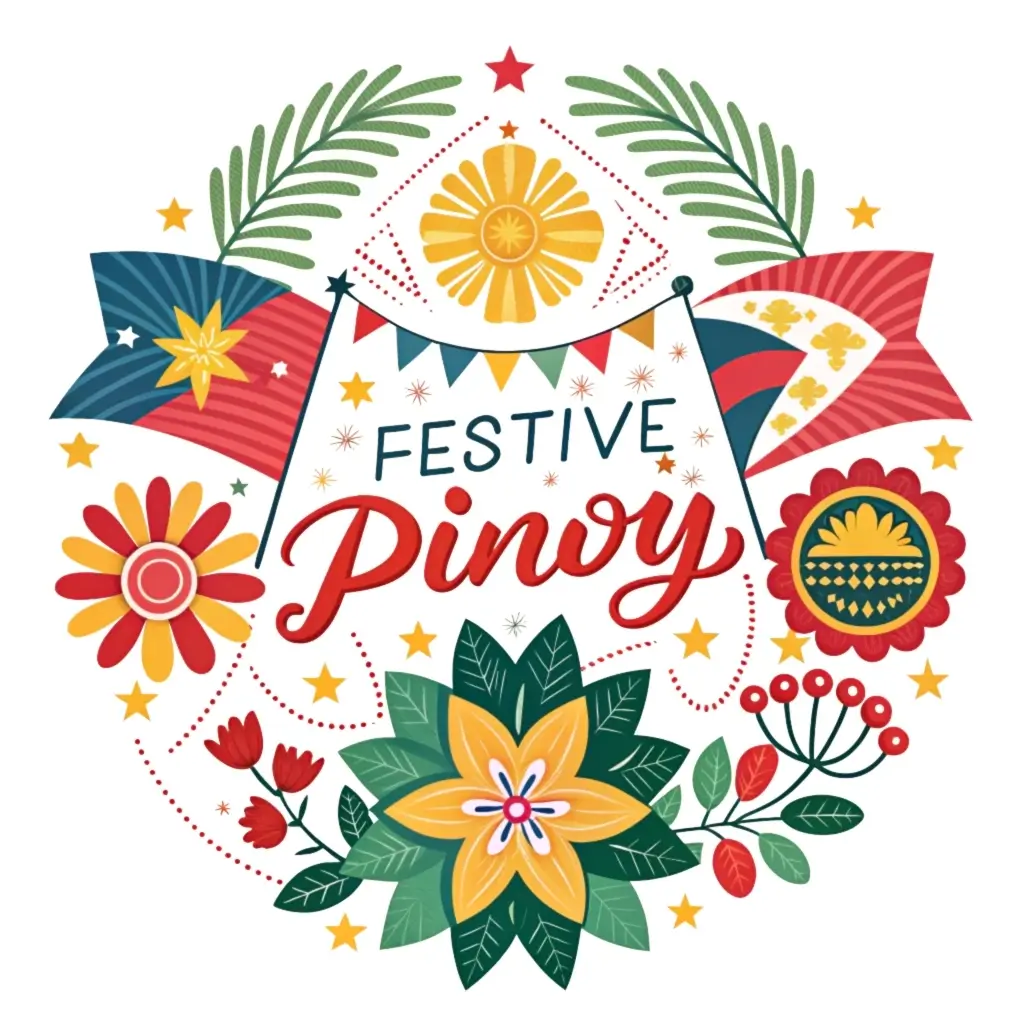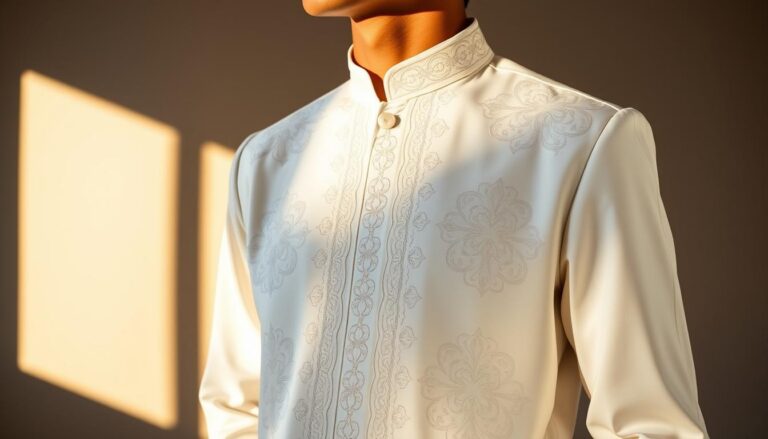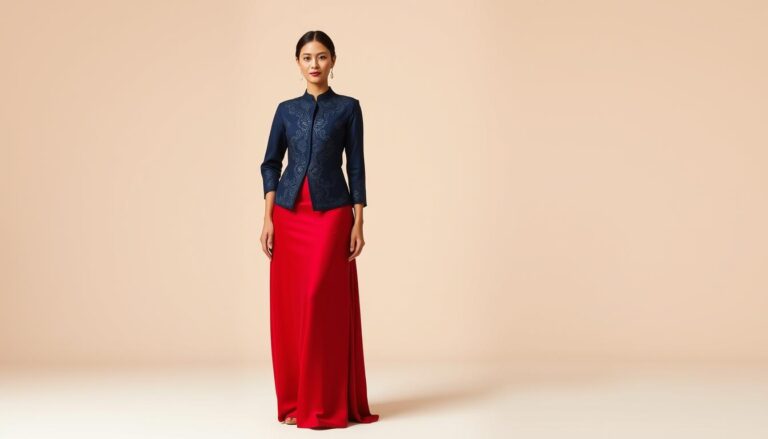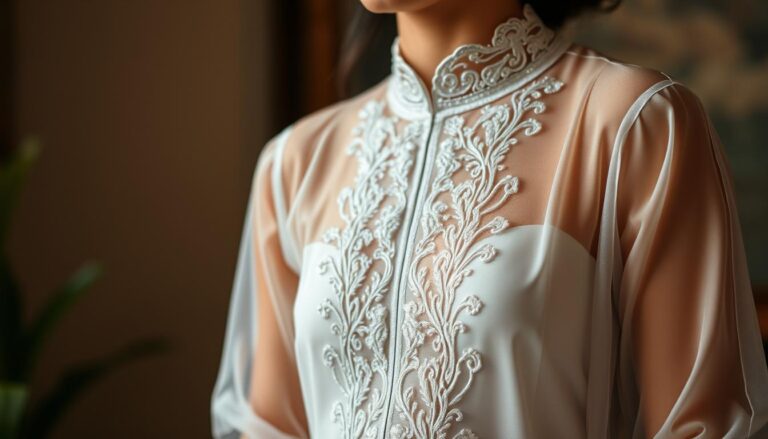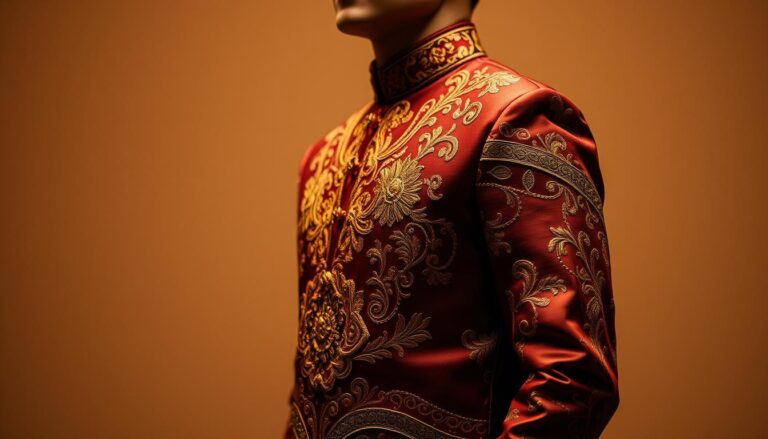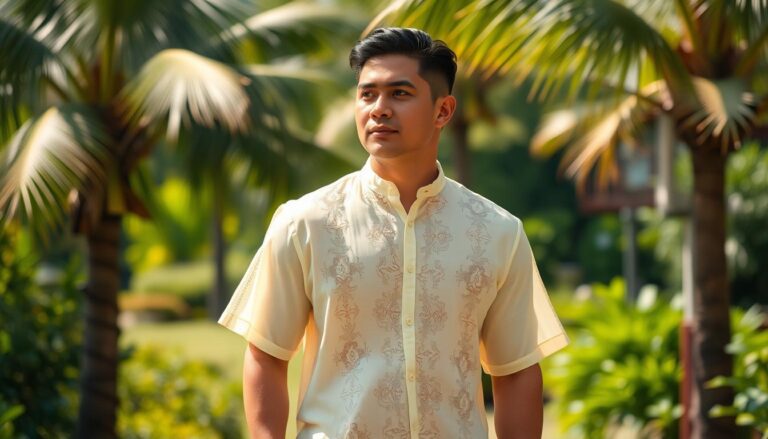Benefits of Custom-Made Barong Tagalog & Filipiniana
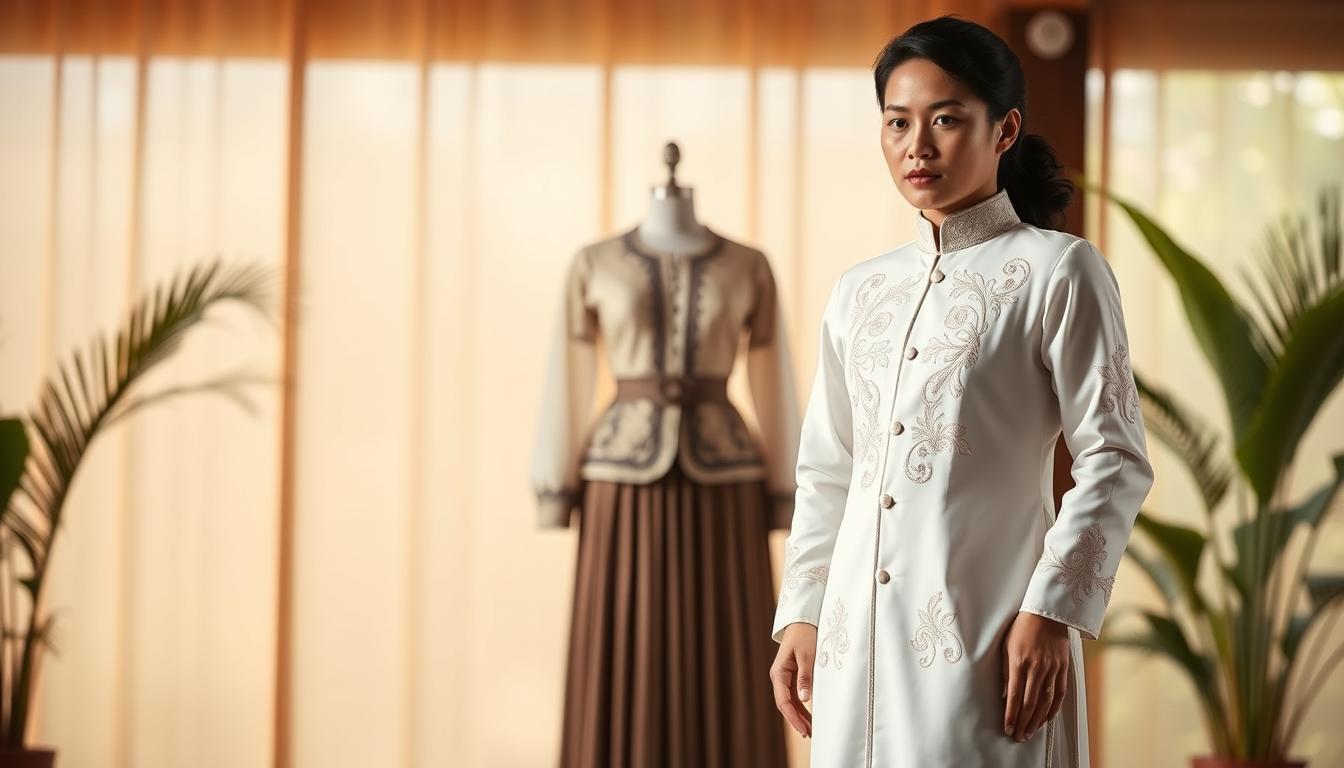
For centuries, traditional Filipino garments have served as more than just clothing. Rooted in history, these pieces reflect the Philippines’ rich heritage while adapting to contemporary tastes. Today, tailored versions of these iconic outfits blend cultural pride with individual expression.
The barong tagalog, once reserved for formal events, now appears in casual settings thanks to modern reinterpretations. Designers like Barong World and VINTA Gallery fuse lightweight fabrics with intricate embroidery, creating versatile styles for weddings, festivals, or everyday wear. This shift mirrors how younger generations honor tradition without sacrificing personal flair.
Customization plays a vital role in today’s fashion landscape. Unlike mass-produced options, made-to-order pieces ensure a perfect fit and unique details. Brands such as Kultura and Randolf Clothing prioritize sustainable practices, using recycled materials and collaborating with local weavers. These efforts preserve craftsmanship while meeting diverse sizing needs—from small to 5XL.
Key Takeaways
- Tailored Filipino garments bridge cultural heritage and modern style preferences
- Lightweight fabrics and customizable designs enhance comfort for various occasions
- Ethical brands support artisan communities through sustainable production methods
- Contemporary versions maintain traditional embroidery while offering bold color choices
- Custom fits cater to all body types, promoting inclusivity in cultural fashion
Exploring the Heritage and Craftsmanship of the Barong Tagalog
The story of the barong tagalog begins in the pre-colonial era, evolving through centuries of Spanish influence and Filipino ingenuity. Originally worn as an undergarment, it transformed into a status symbol during colonial rule when locals were barred from tucking shirts – a restriction turned into a cultural triumph.

Historical and Cultural Significance
This semi-sheer shirt with distinctive sleeves became a canvas for resistance. Post-independence, it was declared the Philippines’ national dress in 1975. Presidents and diplomats now wear it at state events, blending traditional filipino pride with modern diplomacy.
Traditional Embroidery and Fabric Choices
Artisans use century-old techniques to work with delicate fibers:
| Fabric | Source | Features |
|---|---|---|
| Piña | Pineapple leaves | Lightweight, glossy finish |
| Jusi | Silk & abacá blend | Durable, intricate patterns |
| Abacá | Banana plant | Textured, eco-friendly |
Master weavers spend weeks creating embroidery patterns like calado (openwork) and sombrado (shadow stitching). These methods, passed through generations, turn each piece into wearable history. Modern designers now mix these fabrics with contemporary cuts for today’s fashion landscape.
Benefits of Custom-Made Barong Tagalog & Filipiniana
In a world of fast fashion, custom garments offer unmatched precision and cultural resonance. Unlike off-the-rack barong tagalog shirts, made-to-order pieces adapt to body shapes while honoring traditional filipino artistry. This approach transforms cultural clothing into personalized heirlooms.
Personalized Fit and Style
Tailored measurements eliminate baggy sleeves or tight collars. Skilled artisans adjust shoulder widths and shirt lengths, ensuring movement-friendly silhouettes for weddings or conferences. Clients choose neckline styles and embroidery placements, creating pieces that mirror their preferences.
Brands like Gabbie Sarenas PH use 3D body scanning for millimeter accuracy. One customer noted: “My custom barong felt like second skin during my daughter’s ceremony.”
Quality Materials and Versatility for Occasions
Premium fabrics define these garments. Piña fiber from pineapple leaves pairs with silk linings for breathable formal wear. Modern blends like cotton-jusi work for garden parties or office events.
Designers at Kultura combine durable materials with detachable elements. A single barong tagalog can shift from daytime meetings to evening galas with swapped buttons or sashes. This versatility makes custom pieces wardrobe staples rather than one-time outfits.
Modern Fashion Trends and Global Appeal
Global runways and streetwear scenes now showcase reinvented versions of Filipino cultural attire. Designers fuse ancestral patterns with minimalist aesthetics, creating pieces that resonate from Manila to New York.
Contemporary Design Adaptations
Today’s barong tagalog features structured shoulders and tapered waists. Brands like Vinta Gallery replace loose silhouettes with tailored cuts using organic silk blends. These updates maintain traditional calado embroidery while aligning with slim-fit trends.
Innovative materials expand styling options. Denim versions with mother-of-pearl buttons recently debuted at Paris Fashion Week. A designer from Barong World explains: “We’re reimagining jusi fabric as reversible jackets – one side formal, the other casual.”
| Traditional Element | Modern Update | Use Case |
|---|---|---|
| Flowy sleeves | Adjustable cuffs | Office meetings |
| Opaque panels | Sheer mesh inserts | Evening events |
| Fixed collars | Detachable neckpieces | Travel outfits |
Integration with Today’s Wardrobe Essentials
The garment’s versatility shines in mixed-style ensembles. Pair a short barong with tailored trousers for conferences, or layer it over graphic tees for weekend outings. Social media influencers demonstrate how metallic-thread clothing complements leather accessories.
International customers particularly appreciate convertible designs. A London-based client shares: “My foldable barong tagalog transitions from business lunches to gallery openings without wrinkles.” This adaptability positions the attire as a cross-cultural dress solution for global nomads.
Conclusion
Timeless elegance meets modern innovation in tailored Filipino attire. These garments honor centuries of craftsmanship while adapting to today’s style preferences, offering wearers a unique bridge between heritage and personal expression.
From precise measurements to premium materials, custom creations ensure comfort and confidence for diverse events. Brands like Barong World demonstrate how traditional embroidery techniques elevate everyday clothing into statement pieces suitable for weddings, business meetings, or cultural celebrations.
Global customers appreciate the versatility of these designs. A single barong tagalog shirt can transition from formal gatherings to casual outings through clever fabric choices and convertible details. This adaptability explains why international clients increasingly seek these garments as cross-cultural wardrobe staples.
Investing in made-to-order pieces supports both individual preferences and artisan communities. As demand grows for ethical dress options, these creations prove cultural clothing can thrive in modern wardrobes. Discover how personalized barong designs can become your signature piece – where history and contemporary culture weave together seamlessly.
